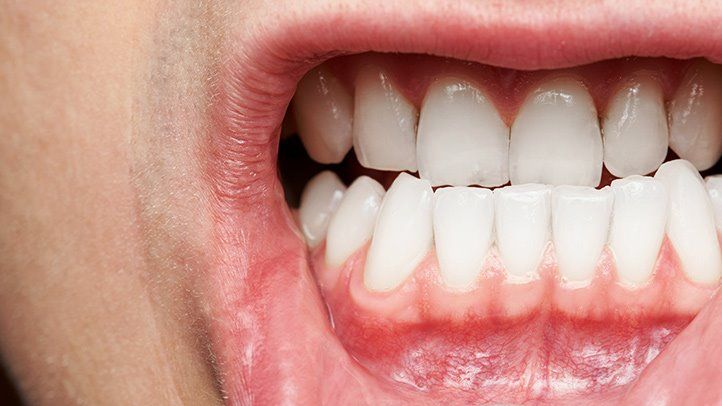Tooth extractions are performed by dentists and oral surgeons for a variety of purposes. A sore wisdom tooth or a tooth that has been badly decayed may be the issue. A dentist can need to extract a tooth to make room for dental prosthetics or braces.
When the situation is more complicated, an oral surgeon, not a dentist, can extract a tooth. Third molars and wisdom teeth are often extracted.
To make the patient more relaxed, the dentist or surgeon will numb the tooth first. Although a tooth extraction may be painful, it is also necessary for relieving dental discomfort and avoiding potential issues.
We’ll go through the various forms of tooth extractions and why people need them in this article. We also go into how to prepare for the operation and what to expect afterwards.
What is tooth extraction?
A dentist can extract teeth for a variety of reasons, including dental cavities, gum disease, and dental infections.
Tooth extraction is the process of removing a tooth from its socket.
Teeth are extracted by dentists and oral surgeons for a variety of purposes. Here are a few examples:
- cavities in the teeth
- dental diseases gum disease
- Wisdom teeth complications may be caused by trauma or damage to the tooth or the underlying bone.
- If the teeth are very crowded and the baby teeth are not falling out at the appropriate age, preparation for a dental prosthesis is needed.
Types
The type of tooth extraction required is determined by the form, size, position, and tooth location in the mouth.
Extractions are classified as either basic or surgical by dental surgeons. A simple extraction is when a tooth is clear above the gums and can be removed in one piece by a dentist.
The removal of gum tissue, bone, or both in a surgical extraction is more difficult. The tooth can need to be removed in pieces by the surgeon.
Wisdom teeth are the last to erupt and, in many cases, the first to require extraction due to their impacted status. This indicates that they have not yet fully emerged from the gums.
Wisdom tooth extraction is an oral surgery technique.
Being ready
Before the extraction, an individual will meet with their dentist or oral surgeon for a consultation.
The doctor will ask for a detailed medical history during the appointment. They’ll also inquire about any drugs the person is taking.
Depending on the number of teeth, bone, or both to be removed, certain people may need to stop or start taking those drugs in the days leading to surgery.
On the day of the operation, a person may also be given some medications.
Procedure
The surgeon would take an X-ray of the patient’s tooth before beginning the extraction. This imaging can aid in determining the curvature and angle of the root of the tooth.
The surgeon will begin the extraction after the local anaesthetic has numbed the region. They will have to cut the tooth in bits.
The doctor may need to cut away the gum tissue or remove the obstructing bone if the tooth is hidden under gum tissue or bone.
Although there should be no discomfort, a person may expect to feel pressure against their tooth. They can also hear bone or tooth grinding and cracking. Some people find the experience to be distressing and uncomfortable.
If a person experiences pain, they should immediately contact their dentist or oral surgeon. The doctor will provide a more numbing agent.
Stitches or other procedures to control bleeding can be needed after the extraction. The dentist or surgeon will apply a thick layer of gauze to the extraction site and ask the patient to bite it to absorb the blood and begin the clotting process.


